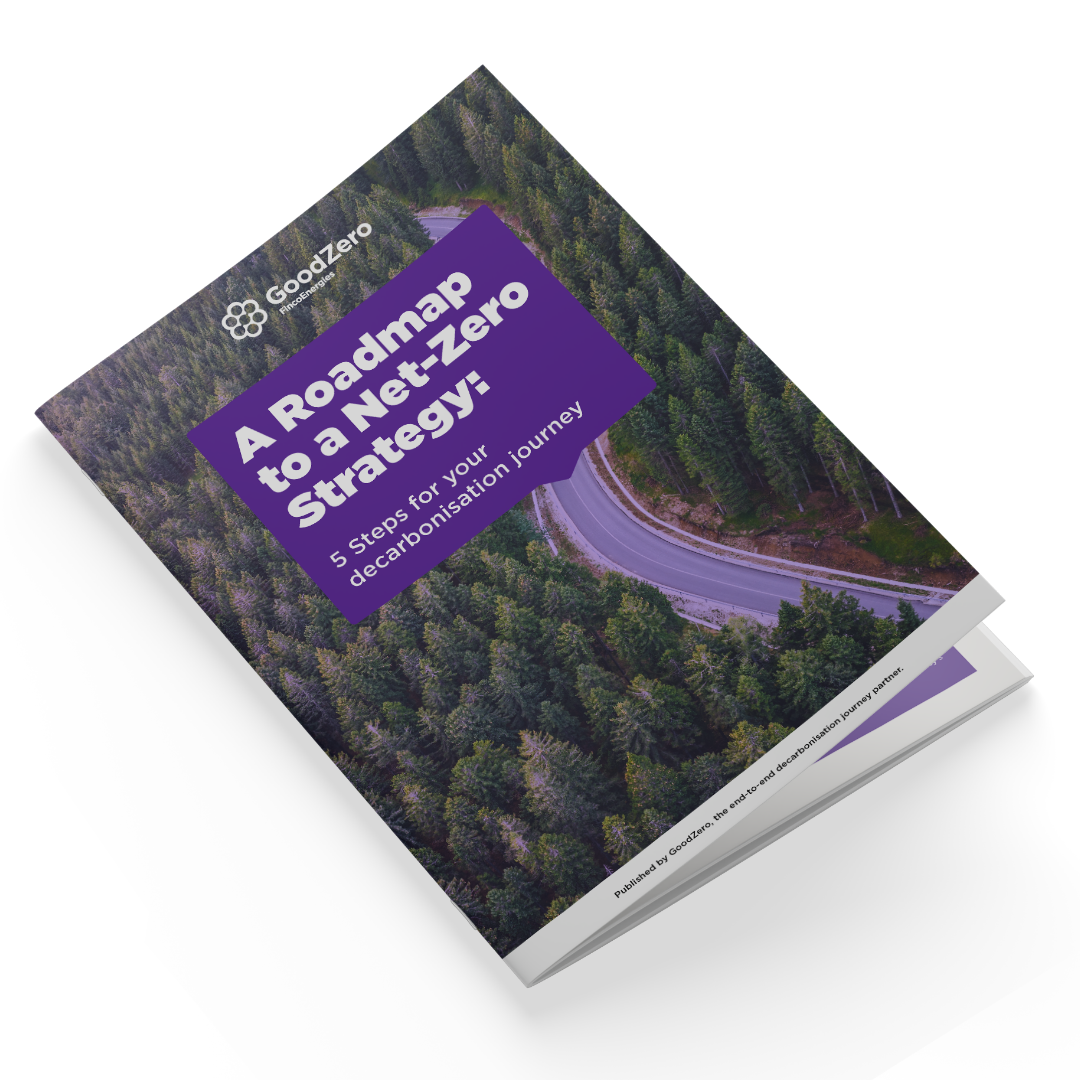

Insetting and offsetting are two powerful strategies in a company's sustainability toolkit that should be leveraged together for best results. The key differences between insetting and offsetting lie in their focus, scope, approach, impact, measurement, cost, scaleability, and long-term viability.
When it comes to crafting a successful sustainability strategy, size doesn’t matter
Are you a business owner wondering how to make your mark on the sustainability journey? A sustainability manager concerned about your carbon footprint and not sure where to start? Insetting and offsetting are two powerful strategies that can help you mitigate climate change right from the start. In this blog article, we will discuss the differences between insetting and offsetting and what first steps you can take towards leveraging both.
What is insetting?
Insetting is a strategy that enables companies to reduce CO₂ equivalent (CO₂e) generated within the same sector where they are produced. Insetting has been making waves in the world of sustainability, and for good reason. Its concept is simple yet powerful, fostering tangible environmental and social benefits while promoting sustainable practices directly within the company's sphere of influence. By integrating emission reduction efforts into core business operations, insetting drives meaningful change towards a low-carbon future.
What is offsetting?
Offsetting is another powerful tool in the sustainability toolkit. Businesses can take responsibility for their environmental impact by investing in high-impact carbon credit projects close to their own values, effectively compensating for their unavoidable greenhouse gas emissions. This can be done in various ways, like removing carbon through an open ocean project, injecting waste CO2 into concrete to store it permanently or providing energy-efficient cooking stoves to communities in developing countries.
Insetting vs offsetting
One of the most important differences between insetting and offsetting lies in the focus of investment (within the value chain versus external projects). Insetting involves making improvements within the value chain over the long term, requiring a deeper commitment and careful planning. It also helps lower operational risks by strengthening the supply chain and reducing Scope 3 emissions. On the other hand, offsetting entails implementing external projects that deliver immediate impact and are relatively easier to execute. However, without thorough due diligence, offsetting may increase reputational risk, as it does not directly address operational emissions.
.png?width=8000&height=4500&name=MicrosoftTeams-image%20(34).png)
Other key differences between insetting and offsetting are reflected in the table below:
.jpg?width=3050&height=3367&name=MicrosoftTeams-image%20(33).jpg)
Table 1: Insetting versus offsetting | key differences
Five steps towards crafting a successful sustainability strategy
You might be thinking: "Can a small business like mine really make a difference?" The answer is yes, you can. Insetting and offsetting are versatile strategies that can be tailored to fit the unique needs and capabilities of your company.
Are you ready to start your decarbonisation journey? Follow these five steps to craft a successful sustainability strategy.
- Assess your carbon footprint
Begin by understanding your company's carbon emissions. This can involve calculating emissions from your operations, supply chain, and transportation. Establish clear sustainability goals.
- Choose your approach
Decide whether insetting or offsetting aligns better with your goals and resources. Your company has the flexibility to choose its starting scale, whether it's opting for insetting on a single trade lane, offsetting emissions from one product, or taking a comprehensive approach by offsetting all emissions. Depending on your chosen scope, we can provide guidance every step of the way. Combining insetting and offsetting can be a particularly effective strategy to consider.
- Partner with experts
Seek guidance from knowledgeable organisations like FincoEnergies and their well-known brands like GoodShipping and GoodZero. They have the expertise to help you select the most suitable insetting or offsetting projects and ensure your contributions have a meaningful impact.
- Track progress
Regularly monitor your progress. Our insetting service is audited by an independent party. Furthermore, at GoodZero we provide you with a detailed client report about the impact you have created. Celebrate your achievements and continue to refine your strategies.
- Engage your stakeholders
Communicate your sustainability efforts with your customers, employees, and partners. Transparency can amplify the positive effects of your actions and inspire others to follow. Both GoodShipping and GoodZero will furnish you with the necessary communication materials to effectively interact with your stakeholders.
How we can help companies implement insetting and offsetting strategies
GoodShipping and GoodZero, two well-known brands of FincoEnergies can assist you in adopting efficient insetting and offsetting solutions.
Insetting services
GoodShipping has achieved remarkable success with their insetting proposition, setting a shining example for businesses of all sizes. Here's how it works. We calculate the volume of sustainable biofuel needed to offset the CO₂e emissions typically emitted by a shipment. This sustainable biofuel is then used to power a carrier that would normally rely on fossil fuels. The result? The emissions of your cargo shipment are effectively reduced. Moreover, insetting promotes sustainable practices within the transport industry. It's a win-win for both the environment and businesses looking to make a meaningful impact. Whether your shipments travel overseas or by land, GoodShipping has got you covered.
Offsetting services
GoodZero excels in the offsetting arena, offering end-to-end services, like carbon emission calculations for scope 1, 2 and 3, as well as NetZero reduction strategy development. Carbon credits and offsetting your hard-to-abate or unavoidable emissions supports your sustainability strategy. Whether you're a small start-up or an established corporation, offsetting offers a practical way to mitigate your environmental impact.
Make a difference today
The journey towards sustainability may seem daunting but remember: each step counts. Insetting and offsetting are effective tools that empower businesses, big and small, to take meaningful action today. You have the power to make a difference. So, seize the opportunity and start your sustainability journey today.
Want to know more on the advantages of insetting and offsetting and what these powerful tools can do for your company? Get in touch with our experts

Five-step guide for your decarbonisation journey
Download your free whitepaper
Get practical insights and tools to kickstart your decarbonisation journey and take informed decisions that align with your environmental and business goals.






.jpg)